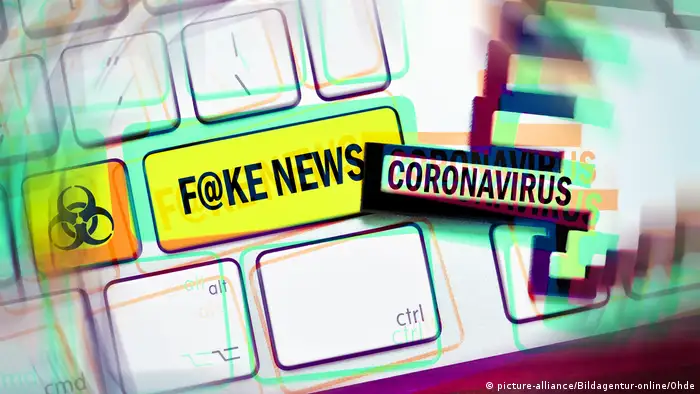Introduction
Fact-checking factsheets: Approaches to combating a growing problem
Getting the facts right has always mattered, but misinformation and accusations of fake news have changed the face of journalism and the media. Get to know the many different approaches fact-checkers are currently using.
Bogus medical advice, false campaign statements, purported celebrity deaths, doctored images, misleading viral tweets. Challenging all these and more is just in a regular day's work for the growing number of fact-checkers, fact-checking organizations and verification experts across the world. As the internet – and especially social media platforms – has created ever greater opportunities for communication, community-building and connection, its dark side has also exploded, sparking increasing incidents of not only hate speech and harassment, but misinformation, "fake news" and disinformation.
Fact-checkers, working alone or collectively, are a welcome antidote to this powerful wave of false and misleading information. Soliciting questions from an interested public and offering their own analysis of rumors, campaign materials, and government statements, they work to debunk false statements, provide context, and clarify ambiguous assertions.
Fact-checking hit the mainstream in 2009, when PolitiFact won the American Pulitzer Prize in national reporting for its fact-checking of Barack Obama's campaign promises and government statements. Since then, the concept has exploded, reaching clear across the globe. This has entailed adapting and creating new tools for different regional and local contexts, as well as expanding from classic websites into social media platforms such as Facebook, WhatsApp and Snapchat. In 2019, the Duke Reporters' Lab recorded 188 fact-checking projects in 60 different countries. That number is likely to increase as new projects grow, stabilize, collaborate, and gain greater resonance.
Working both within and outside the traditional media landscape, fact-checking organizations can serve as a corrective on traditional media, develop journalists' engagement with new data research methods, help shape new possibilities for online media, and engage in broader media and information literacy education. Consequently, fact-checking approaches vary greatly, depending on their purpose, geographical location, team expertise, and technical abilities. As the sector has expanded, certain branches have also begun to professionalize, coalescing in a second wave – a fact-checking 2.0 – that has learned from previous experiences and is now sharing its hard-earned expertise to train the next generation of fact-checkers.
The DW Akademie Fact-checking factsheets are here to showcase the various fact-checking methods available and provide a critical analysis of their advantages and disadvantages. Fact-checking individuals and organizations are fighting back against the barrage of misinformation in order to both strengthen the media landscape overall and protect media users from malicious false information.
- Date 17.07.2020
- Author Julia Sittmann
- Feedback: Send us your feedback.
- Print Print this page
- Permalink https://p.dw.com/p/3edZH
- Date 17.07.2020
- Author Julia Sittmann
- Send us your feedback.
- Print Print this page
- Permalink https://p.dw.com/p/3edZH

